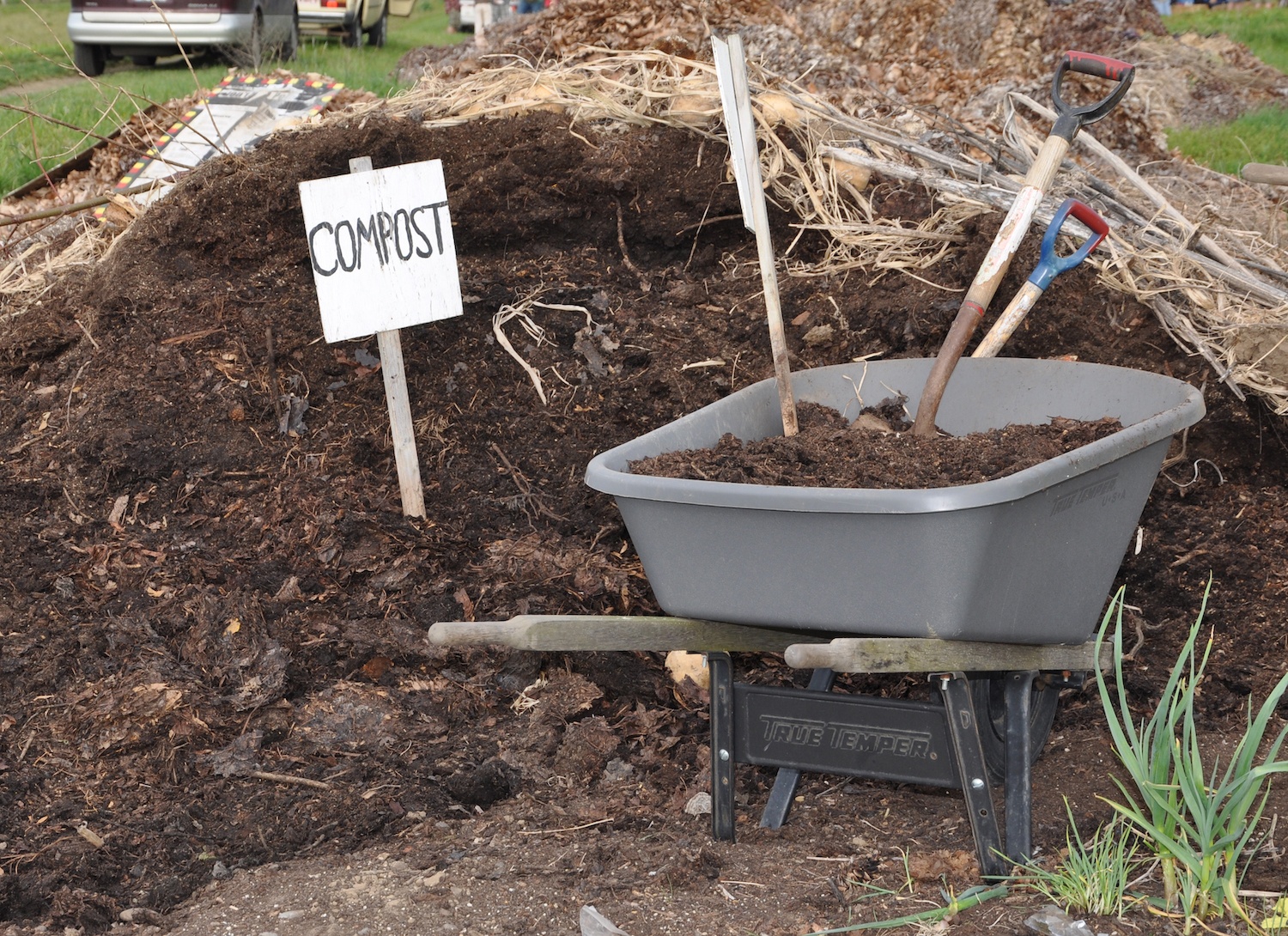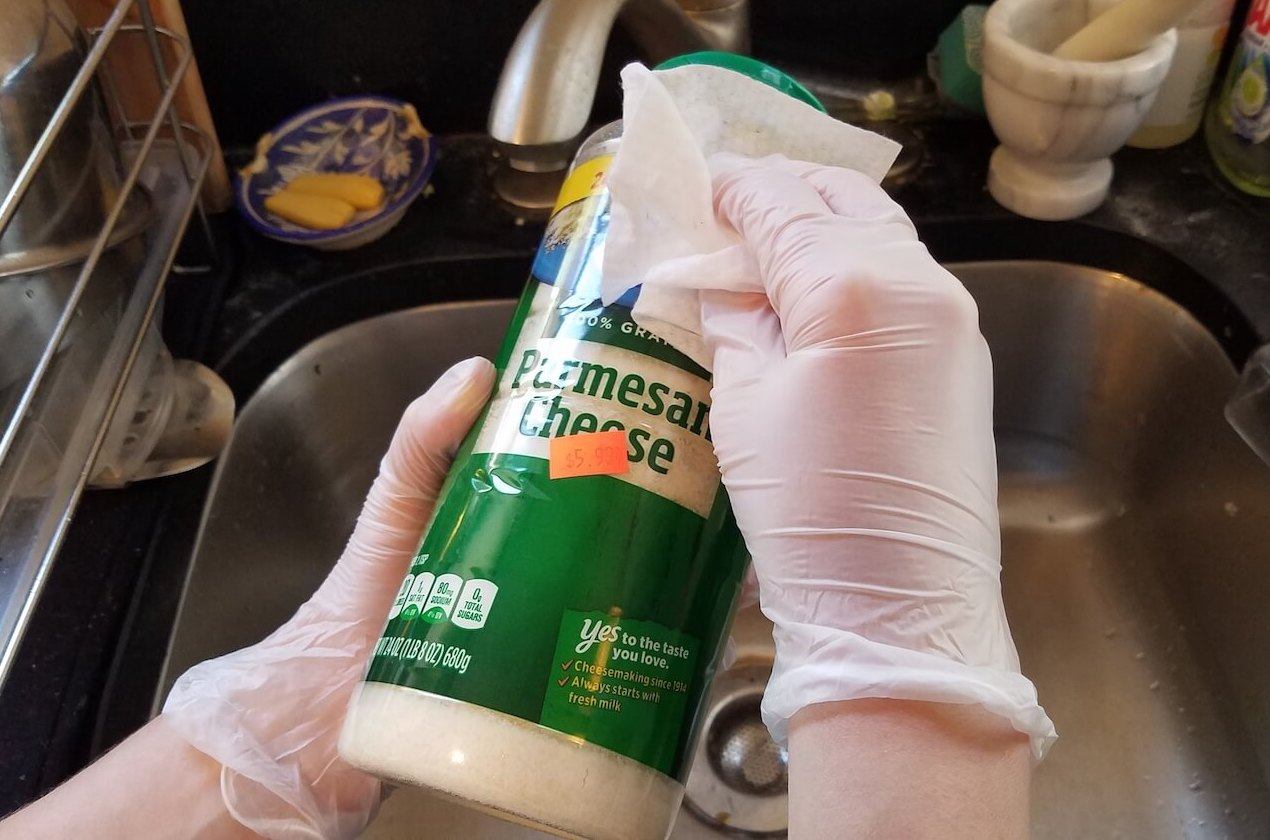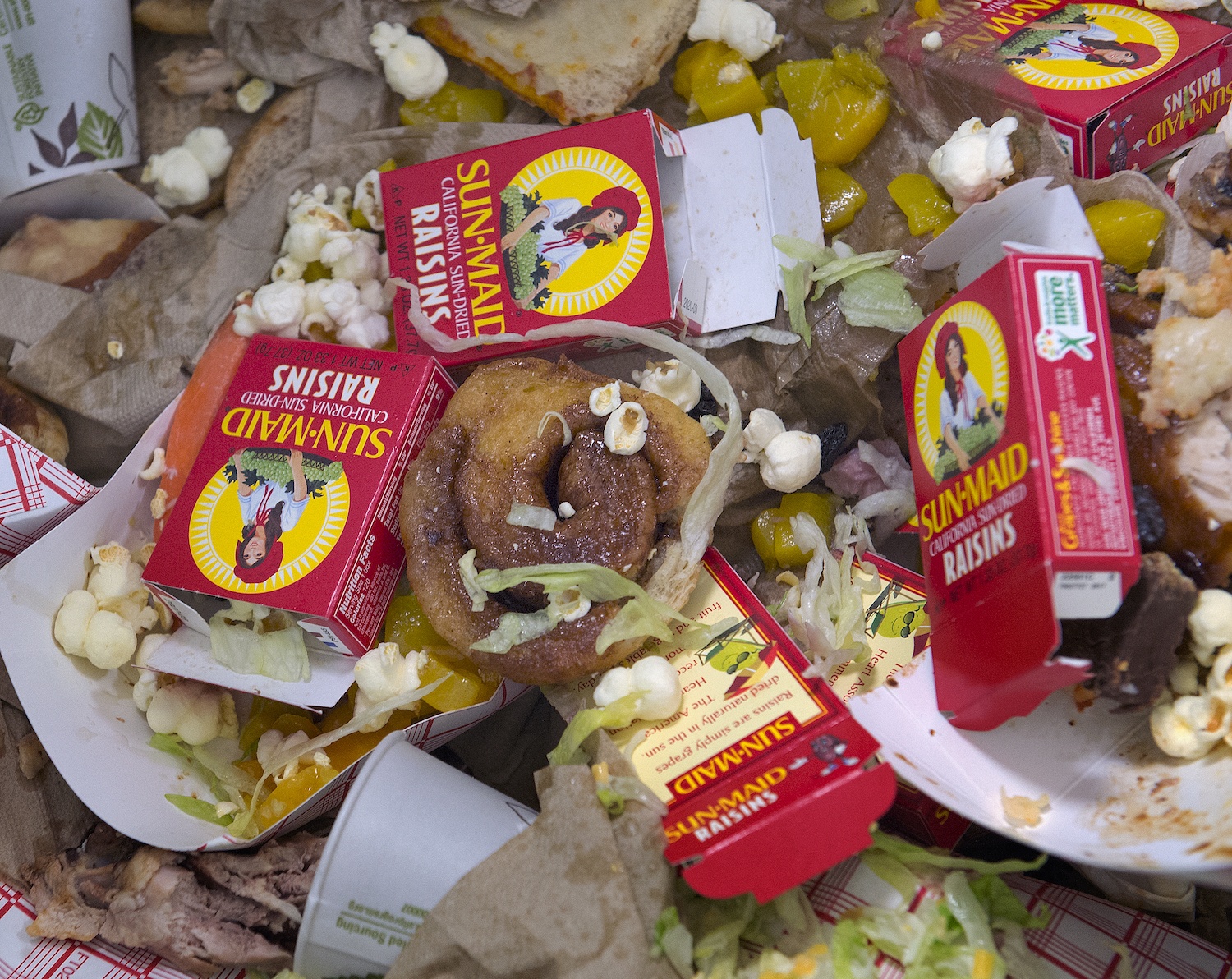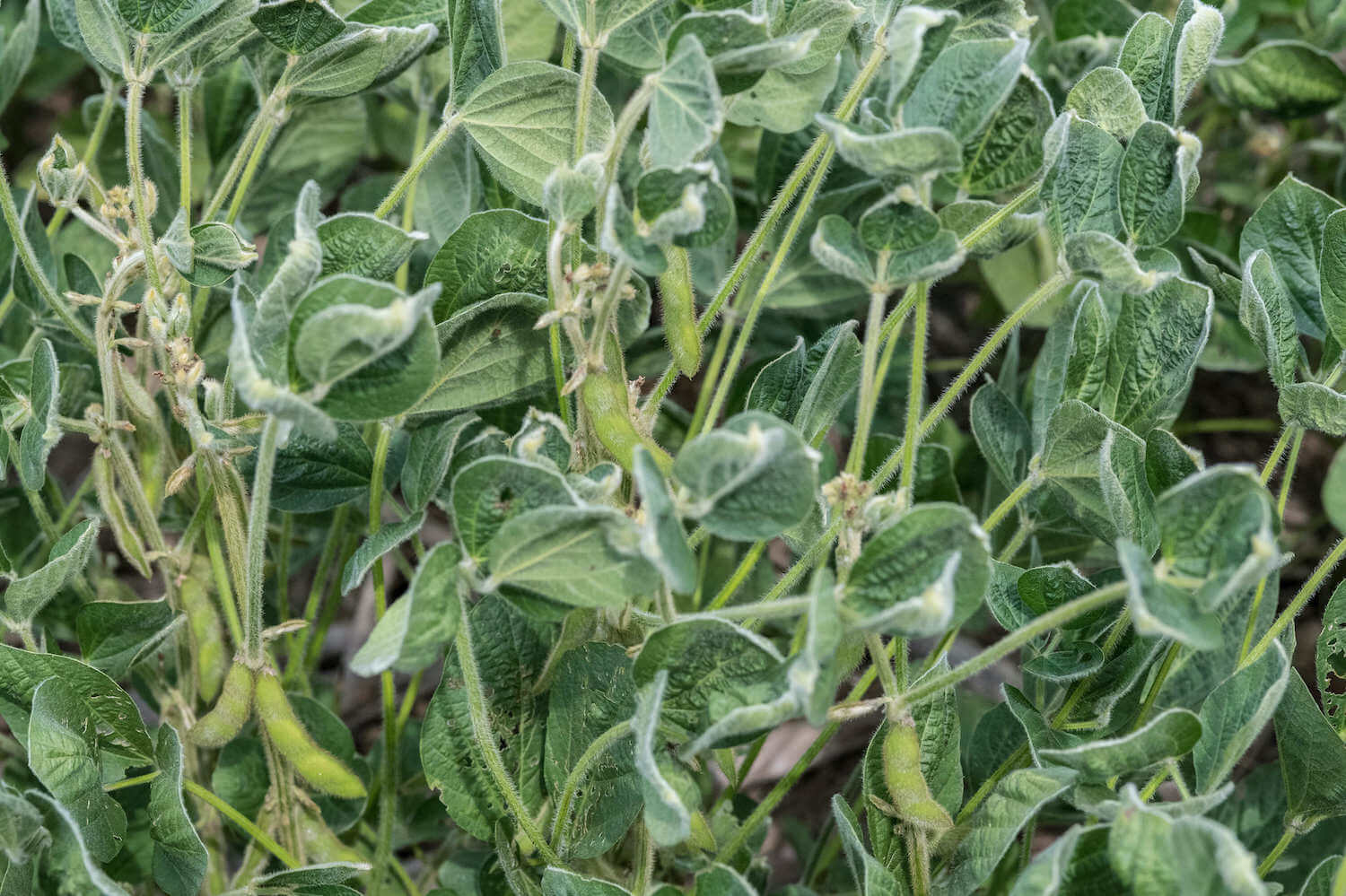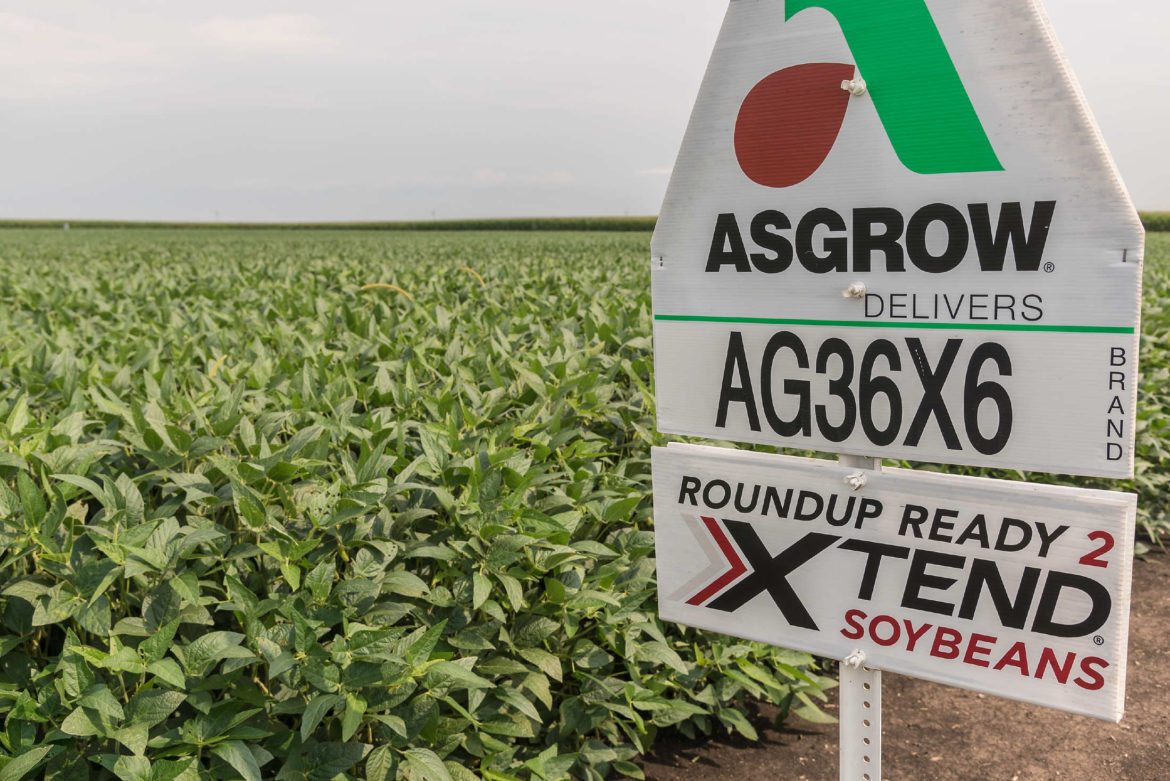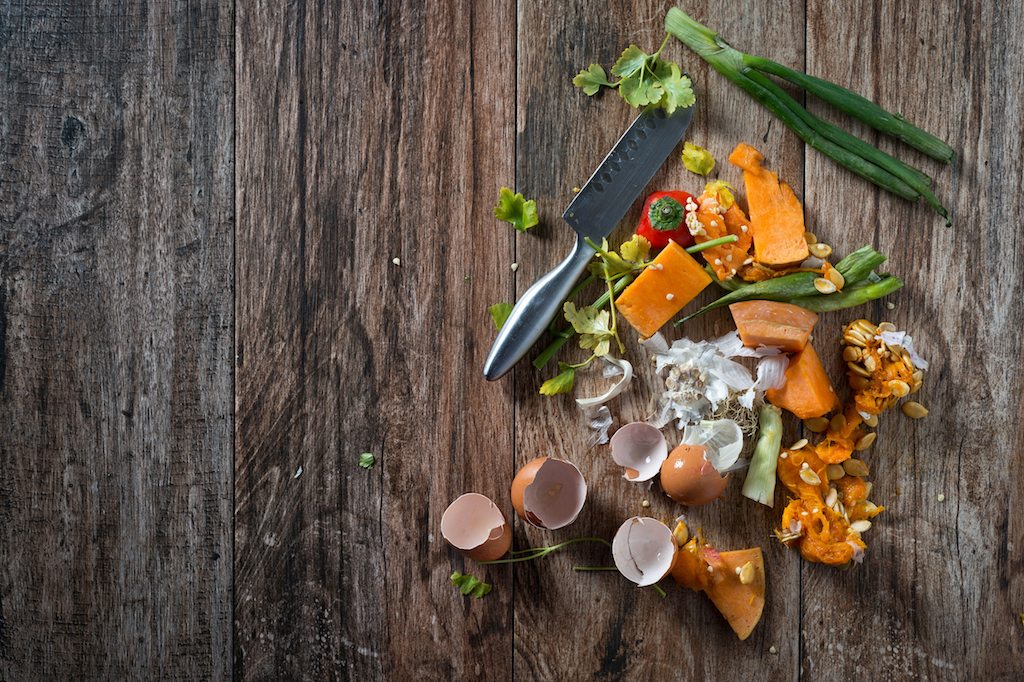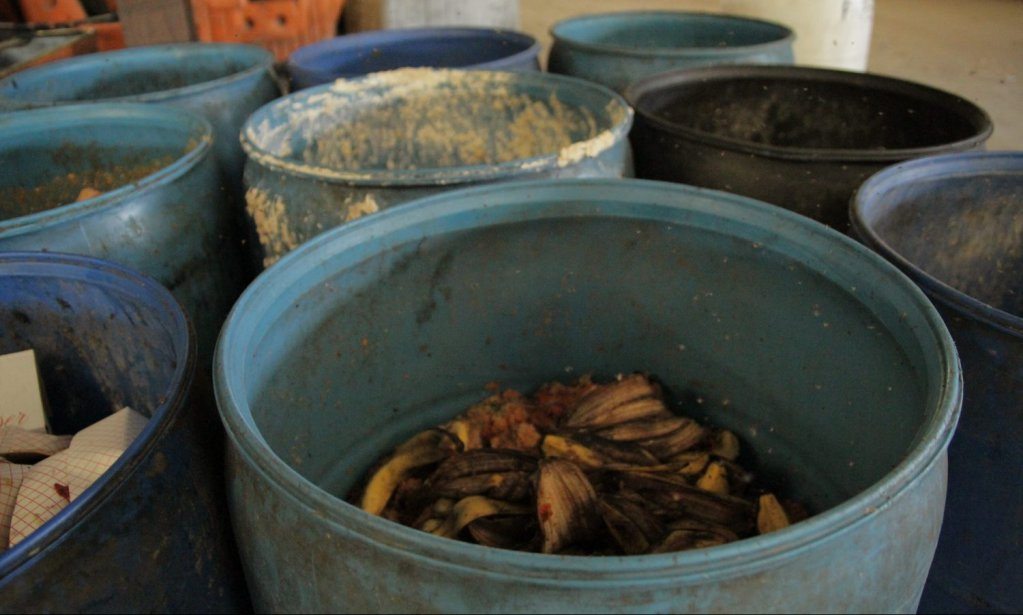Clopyralid, used on golf courses and large-scale hayfields, is ending up in compost—and ruining plants that grow in it.
In years past, Iris Nason has volunteered at a school garden in Portland, Oregon. When the garden became off-limits this year due to the pandemic, she decided to expand her home garden. Nason bought five 150-gallon pots and lots of extra soil and planted more starts than she ever had before.
“I thought I’d grow for the community at my house,” she said.
Like many others who got into gardening during quarantine, Nason took photos of her starts nearly every day. She traded seeds by mail and even used it to barter toilet paper from the neighbors. In late April, she moved her tomatoes into the outdoor beds, containing new soil from a local supplier. A week later, she knew something was wrong.
Her healthy starts were twisted and the leaves began curling and cupping into strange shapes. Nason is a long-time gardener but had never seen anything like this before. She posted photos in a local gardening group and discovered many others were experiencing similar things with their gardens.
“It’s getting into our facilities without us knowing it.”
They all had one thing in common: the company they’d gotten their soil amendment from—soil that had been contaminated with the herbicide clopyralid.
This herbicide, along with aminopyralid and picloram and a few other varieties, are all known as “persistent herbicides” because they take a long time to break down. All of them are commonly used on golf courses and hayfields where they’re deployed to kill problematic broadleaf weeds. Even though state rules (which vary) are supposed to prevent clopyralid-contaminated grass, wheat, or other clippings from ending up in compost, cases like the one in Portland are not uncommon. If an animal like a horse or cow eats feed that has been sprayed with clopyralid, the herbicide can pass through the digestive tract and come out in the manure still active, according to the Oregon Department of Agriculture. This contaminated animal manure can also make its way to local composting companies.
[Keep up with the latest environmental news with our twice-weekly newsletter. Click to subscribe.]
Clopyralid leaves grass or hay intact while killing pesky broadleaf weeds like thistles and dandelions, according to Rick Carr, farm director and compost specialist for the Rodale Institute, a nonprofit that researches organic farming methods. This has led to its popularity on everything from rangelands and pastures to golf courses. But it’s now finding its way into compost facilities through clippings from sprayed lawns and clopyralid-laced manure.
“If you’re a compost facility it’s a serious concern.” Carr is aware of the issue and has stopped accepting any manure from horse farms as a precaution against -pyralid damage in the compost he creates. “The average person has no clue about this,” Carr says.
“If you’re a compost facility it’s a serious concern. The average person has no clue about this.”
Clopyralid can negatively affect plants at concentrations as low as three parts per billion, according to the U.S. Composting Council (USCC). “It’s getting into our facilities without us knowing it,” says Frank Franciosi, executive director of the USCC. “Not everyone who has an issue realizes they have an issue,” says Franciosi, referring to gardeners with contaminated soil and composters alike.
The problem of compost contamination first came to light in 1999 when tomatoes growing at a compost facility in Washington state showed signs of clopyralid toxicity. Between 2000 and 2003, contaminated compost was also detected in Ohio, Pennsylvania, New Jersey, and California. Dow Agrosciences, which produces clopyralid, discontinued registration for residential use (which meant homeowners couldn’t use it in their lawns or backyards) in 2002 to prevent compost contamination. USCC had gotten reports of roughly five incidents a year of persistent herbicide damage in the United States until this year when there were sixty-nine. And many people believe this is only a fraction of the overall problem.
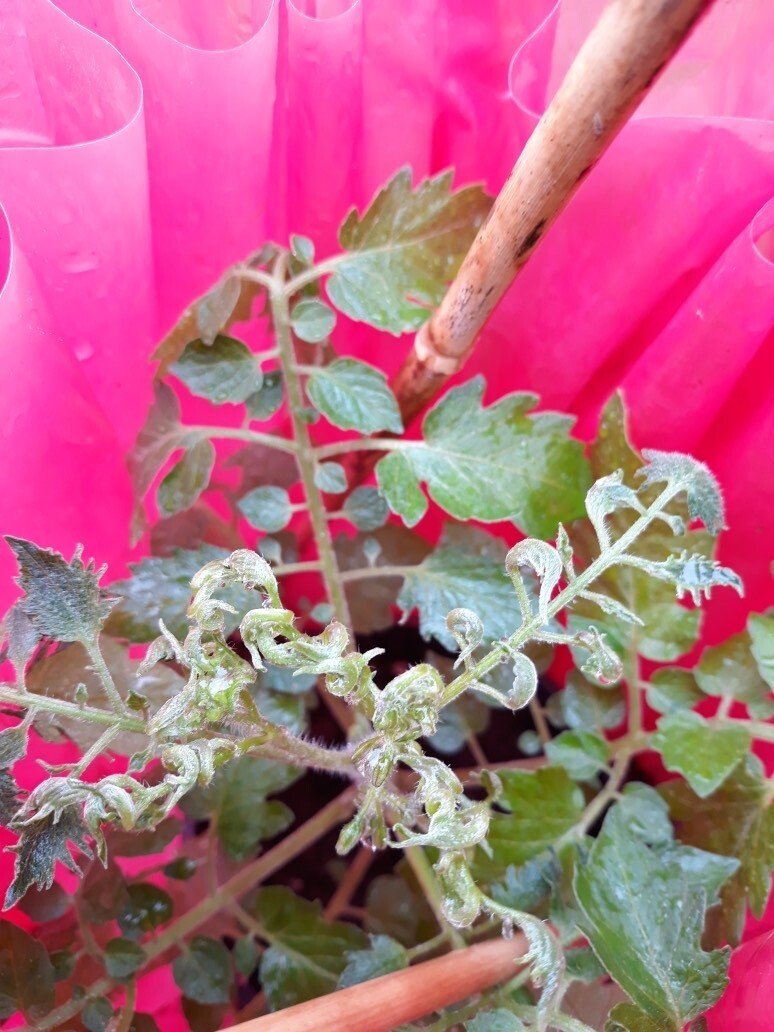
A tomato plant showing clopyralid damage.
Iris Nason
“It’s only brought to my attention if somebody complained and came to us,” says Jon Traunfeld, an extension specialist in Maryland. “But the symptoms are alarming,” he says of tell-tale signs of -pyralid damage like leaf cupping and stunted growth. This year’s first case of clopyralid contamination came to his attention in June though it’s far from the first time he’s encountered it. “In Maryland, the Department of Agriculture does regulate compost,” Traunfeld says, but the main concern is the presence of toxic heavy metals like mercury and lead or coliform bacteria like E.coli. While those are both hazardous to human health, for many gardeners—especially ones who grow organic produce—finding out that herbicides have tainted their plants is comparably alarming. Few people want to eat produce from -pyralid afflicted plants even if the plant survives enough to produce fruit (which doesn’t always happen). Of food crops, nightshades like tomatoes and legumes are the most sensitive to even trace amounts of clopyralid. “I don’t know of any cases where the plants recover,” Traunfeld says.
“I don’t know of any cases where the plants recover.”
“The information that we have indicates that clopyralid is low-risk to people when ingested,” says Stephanie Page, director of natural resources and pesticide programs for the Oregon Dept. of Agriculture. “But I would say if folks observe deformities in their plants we wouldn’t recommend eating it.”
The EPA is currently reviewing clopyralid’s registration, a process that takes place every fifteen years. Though the public comment period was set to end on July 6, it has been extended through August 5th. The USCC is lobbying for stricter application guidelines to prevent contamination. Asking composters to test for clopyralid and other persistent herbicides is like looking for a needle in a haystack, according to Franciosi; the possibility of a false negative is high. There are only a few labs in the country that can test for herbicides in concentrations of parts per billion and even a bioassay—growing susceptible plants in the soil to see if they come out with telltale deformities—doesn’t always work. Herbicide-contaminated soil isn’t evenly distributed throughout the compost so if the plant’s roots don’t reach a “bad” section, contaminated soil might still be deemed safe. The only way to stop persistent herbicides from winding up in people’s gardens, Franciosi says, is to keep it from getting into compost in the first place.
And it’s not just composters alleging that there’s a problem. The EPA’s interim review of clopyralid, a decision on which is scheduled for fall 2020, has multiple sections devoted to finding better ways of stopping the herbicide from getting into compost. (Aminopyralid will be up for registration review in 2021.) The agency’s current suggestions include revising a pictogram showing how clopyralid can get into compost and reminding materials suppliers not to give contaminated plants or manure to a composter.
“What the EPA is recommending is not enough,” says Franciosi. He and the USCC would like to see clopyralid restricted to use by certified pesticide applicators, which would create more opportunities for education, as well as a paper trail if clopyralid is misapplied. “We’re trying to do the right thing by taking these organic byproducts and breaking them into compost,” says Franciosi. “We just don’t have control of what’s coming in.”
“I go out to my garden now not to harvest or weed or water or stake plants but to remove them, to pull them out by the roots and throw them away.”
Nason and other Portland gardeners with contaminated soil have bonded in a Facebook group, sharing their experiences and frustration with their months of hard work ending in twisted, diseased-looking plants. “I’m keeping plants as evidence but not for any other purpose,” Nason says. “I can see the heads of lettuce ready to be harvested and I’m not going to do it.”
Even though lettuce doesn’t tend to show visible deformities, someone in the Facebook group had a tissue sample tested and found clopyralid in the leaves. “My garden hasn’t just been set back by months,” Nason says. “I lost all that work.” Without removing the soil entirely and starting over, it’s unclear exactly how long clopyralid will take to degrade. “I feel a deep sense of loss,” she says. “I lost my enjoyment of gardening. I go out to my garden now not to harvest or weed or water or stake plants but to remove them, to pull them out by the roots and throw them away.”
